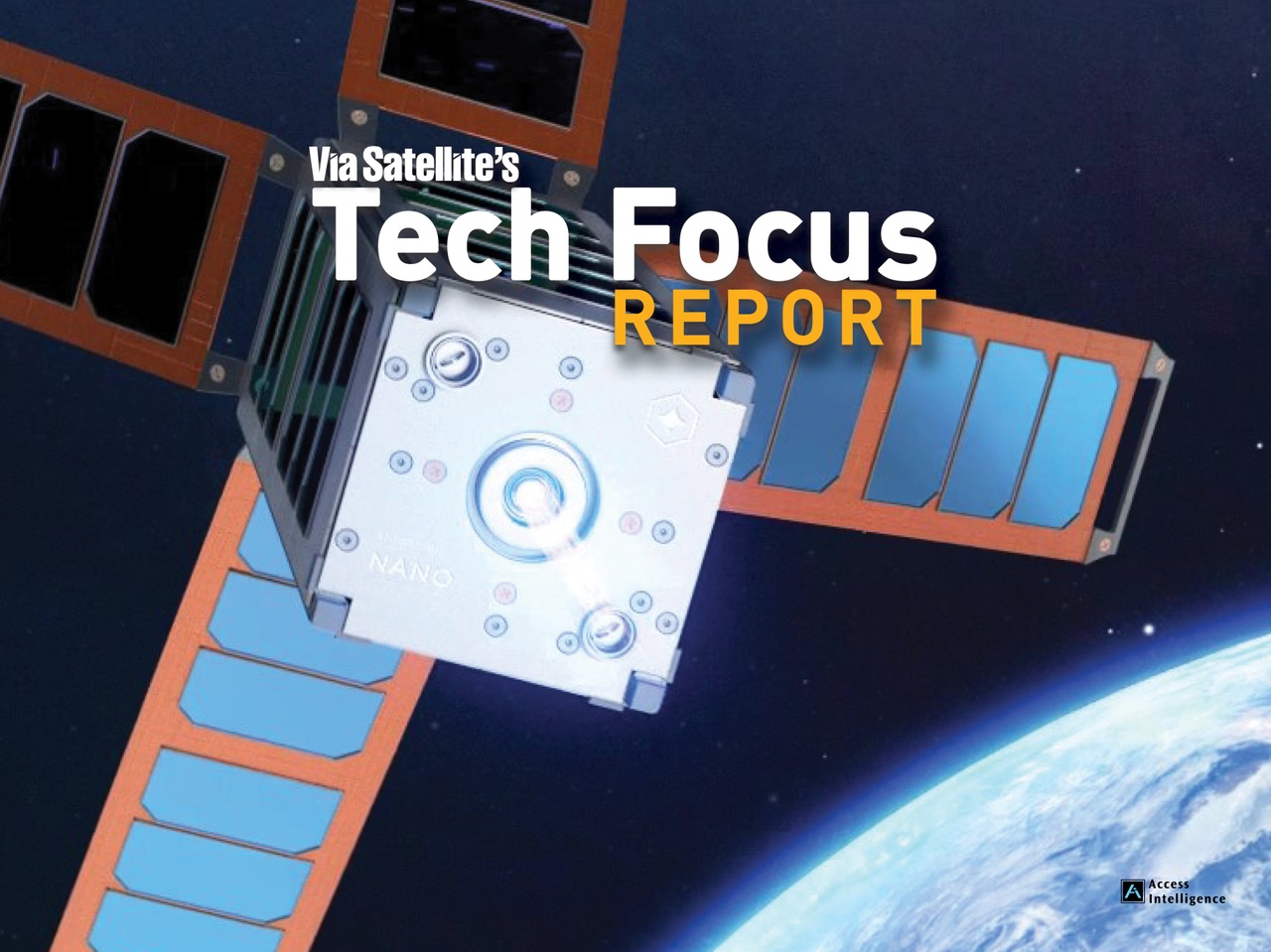
Starship: VCs Get Ready for the Next Big Opportunity in Space
How SpaceX's reusable rocket will transform space, again. VCs get their checkbooks ready.July 24th, 2023
I would hazard a guess that most Via Satellite readers have been following Starship’s development tests fairly closely, or at the very least, watching the livestream tests. But to recap: Starship is designed for a wide variety of missions – Low-Earth Orbit (LEO) to Geostationary Orbit (GEO), lunar missions, and, of course, Mars and beyond.
Its payload capacity to LEO is about 150 metric tonnes or, approximately seven times that of the Falcon 9. So far, it has had four integrated tests since April 2023, each increasingly successful. At least five tests are planned for 2024. In other words, it’s time to start preparing for the “Starship Era.”
With its, literally, massive capacity, and full reusability, Starship should radically lower launch costs and increase access to space. Elon Musk has claimed that it will offer launch at a cost as low as $10 million within a couple of years of first commercial operations. This works out to be about $67 per kilogram in launch cost. Less bullish estimates have been closer to about $500 per kilogram. In terms of frequency, Falcon 9 now launches about two to three times per week. It will probably take quite some time for Starship to reach that launch cadence, not least because demand will take some time to catch up with supply. Overall, however, it’s likely that we can expect cheaper and more frequent launches because of Starship.
So, if we’re entering the Starship Era, what does that look like? How will Starship change what we can do in space? How are venture capitalists thinking about these new opportunities? In short — how will Starship change the space industry?
How Starship Changes What We Can Do in Space
To my mind, Starship will affect three broad categories of things we do in space. First, things we can currently do but Starship will make cheaper. Second, things we’ve done less of in the New Space era, i.e. big and high-performance satellites. Third, things we’ve previously only been able to imagine.
Starship makes launching lots of satellites cheaper. If successful, Starship could drastically reduce the cost of launching constellations – both large and small. This should help many existing constellation operators, but perhaps more importantly, could expand the universe of potential constellation operators by drastically reducing their deployment costs. In some ways, the most difficult thing about launching a constellation in 2024 is getting it funded and anything that can be done to reduce costs should encourage lenders and investors.
More interestingly has been the return of large and high-performance satellites. With SpaceX’s rideshare missions, the ‘ideal’ satellite started to converge around the 300 kilogram ESPA-class satellite, which balanced performance and cost. With Starship, this looks set to change. Los Angeles startup K2 Space is just one example of a company envisaging a future where satellite operators and customers don’t have to constrain their vision to meet mass and volume requirements. Payloads – both communications and Earth observation, seem set to get bigger. In real terms, this opens up higher data rates, direct-to-cell, and higher resolutions.
Finally, with Starship we may be entering the age of superstructures in space. In particular, the large payload fairing could enable solar beaming from space, single launch space stations, and in-orbit manufacturing, to name just a few.
How Are VCs Thinking About the Opportunity?
Broadly speaking, VCs are positive about the opportunities brought about by Starship. We could be witnessing a real technology inflection point, where what’s possible in space changes very quickly, enabling and accelerating new businesses. But to delve a little deeper there are two different schools of thought on how to think about Starship when VCs assess an investment opportunity.
Some VCs may see businesses enabled by Starship as almost a “secondary bet” on SpaceX. If you believe that SpaceX always gets the job done, then investing in a broad swath of businesses enabled by Starship could give you better returns than you would get from investing in SpaceX directly.
On the other hand, some VCs view “enabled by Starship” as “reliant on Starship.” While they may have high conviction that Starship will launch successfully, the schedule, and, certainly, schedule for full commercial operations is less certain. Even when operational, it’s likely that it will take some time to sell out the full capacity on the first launches, potentially leading to schedule delays. That’s a meaningful schedule risk for any company and could delay companies completing crucial milestones in time for their next fundraise. Worse, it could delay their time to revenue. Many companies have taken steps to address these issues by redesigning their roadmap to allow earlier demos to work on Falcon 9.
Finally, we’re seen too many companies handwave away investor concerns about the cost of constellation deployment and associated financing with “It will be affordable when Starship comes online.” Certainly, Starship will reduce costs, but the strongest companies are looking at ways to reduce their own costs too – with better constellation and satellite design.
As an investor, I’ve loved seeing different companies’ takes on what Starship will enable for them. The potential for new technologies and businesses that could be built continues to change every day. Falcon 9 changed the industry in ways it’s hard to believe and Starship may have an even bigger impact very soon. VS
Maureen Haverty is a Principal Investor for Seraphim Space
Photo: Starship's fourth flight test in June 2024. Credit: SpaceX










